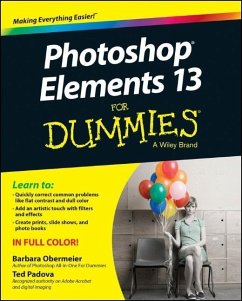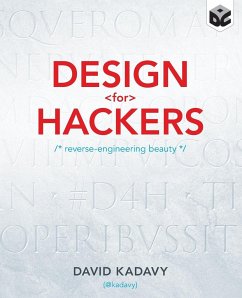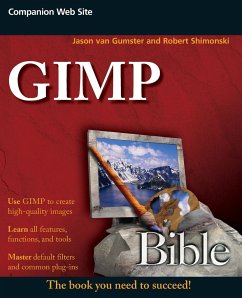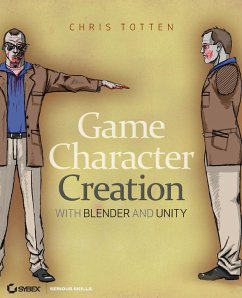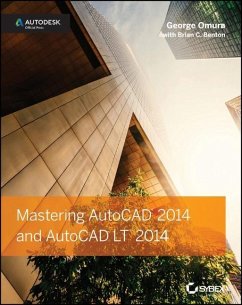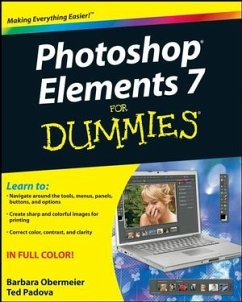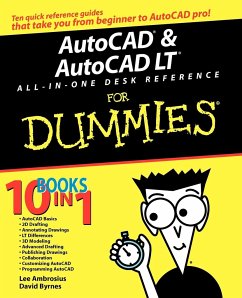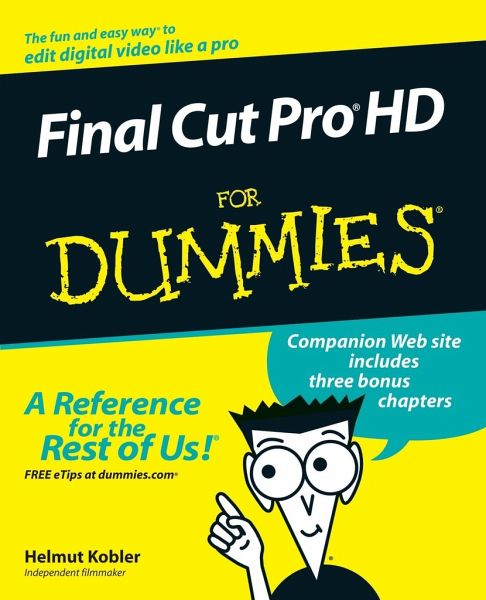
Final Cut Pro HD for Dummies

PAYBACK Punkte
16 °P sammeln!
_ Shows film and video makers new to Final Cut Pro how to get down to work with this complicated, professional-level video editing software
_ The Macintosh platform, which includes Final Cut Pro, owns 58 percent of the video editing software market
_ Topics covered include working with new program features, organizing media, using advanced editing tools, harnessing audio and video filters, applying transitions, creating motion effects, compositing, rendering, and outputting to tape, CD, DVD, or the Web
_ The Macintosh platform, which includes Final Cut Pro, owns 58 percent of the video editing software market
_ Topics covered include working with new program features, organizing media, using advanced editing tools, harnessing audio and video filters, applying transitions, creating motion effects, compositing, rendering, and outputting to tape, CD, DVD, or the Web



